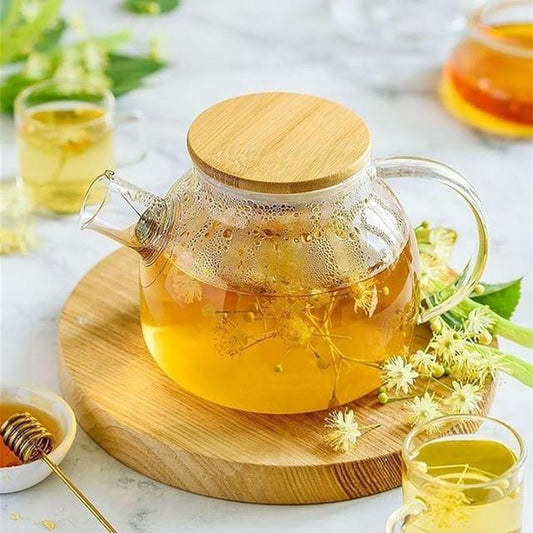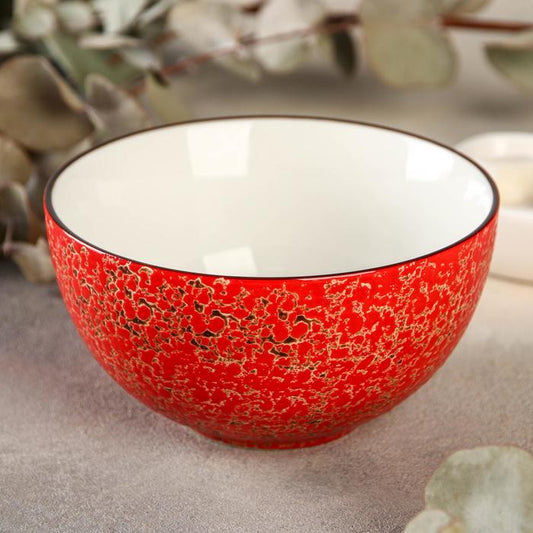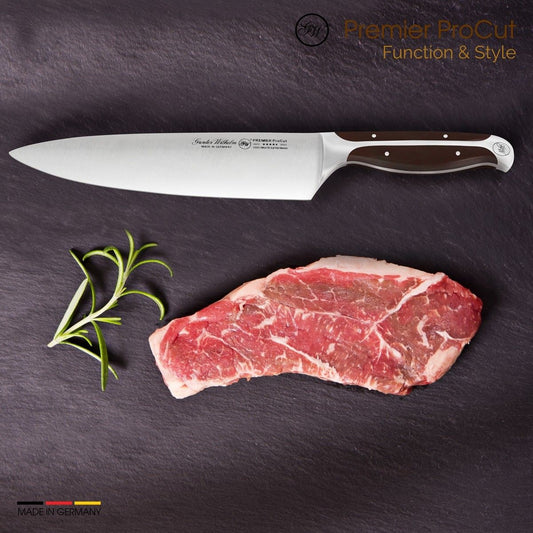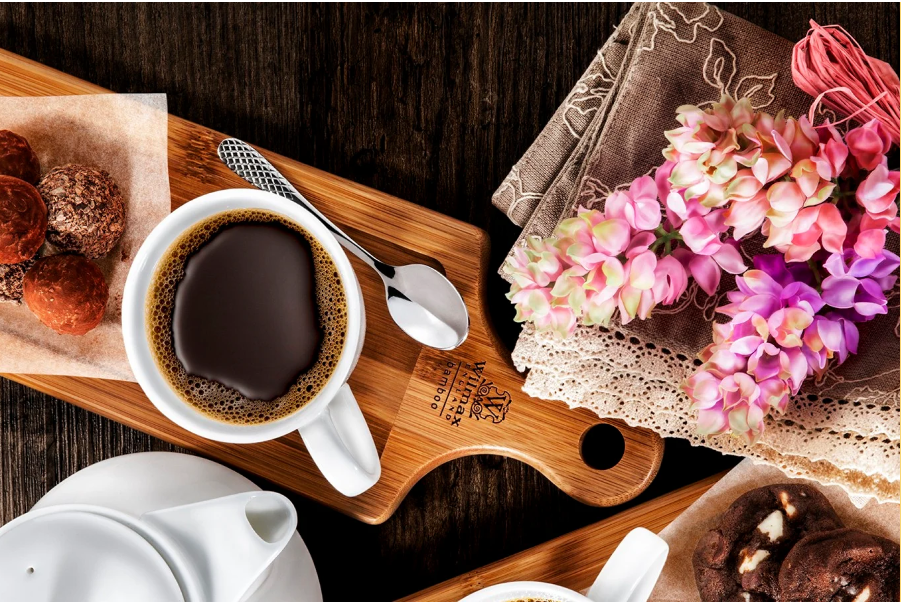Global Grill: Street BBQ Traditions Influencing Fine Dining

Global Grill: Street BBQ Traditions Influencing Fine Dining
Yakitori, kebabs, and skewers sizzling into Michelin-star menus.
There’s something universal about the sight and sound of open fire — the hiss of fat meeting flame, the smoky perfume of charred edges, the glow of embers dancing in the dark. Across continents and centuries, the grill has been humanity’s oldest and most shared kitchen tool. Today, that ancient ritual is being reborn in fine dining kitchens across the world. From Tokyo to New York, Lima to Copenhagen, chefs are rediscovering the primal joy of fire and transforming street barbecue traditions into culinary art.
The Global Grill movement isn’t just about nostalgia — it’s about reimagining how smoke, flame, and simplicity can define modern luxury. What began as humble street food — quick bites sold from skewers or makeshift grills — is now influencing the world’s most refined tasting menus. Michelin chefs are studying the methods of yakitori masters in Japan, tandoor cooks in India, and asado experts in Argentina, not as trends, but as teachers.
🔥 Fire as Flavor: The Return of the Primitive
Modern diners are craving something real — something that smells of smoke, feels of warmth, and tastes of earth. Fine dining once shunned smoke as too rustic. Now it’s the new caviar. Top restaurants are turning to open-fire pits, wood-burning hearths, and custom charcoal grills as their centerpieces, building entire menus around flame. The result? Dishes that look primal but taste profoundly complex.
In Japan, the ancient craft of yakitori has become a philosophy — each skewer grilled over binchōtan charcoal with surgical precision. In Turkey and Lebanon, ocakbaşı and kebab houses show how smoke can season food as powerfully as any spice. Meanwhile, Argentine parrillas and Brazilian churrascarias demonstrate how entire cuts of meat can become storytelling canvases when kissed by flame.
🍢 Street Roots, Fine Dining Souls
The charm of street barbecue lies in its improvisation — a few coals, a piece of metal, and intuition. Street vendors don’t measure temperature; they measure scent, color, and instinct. That same intuitive cooking style is now inspiring Michelin chefs to reconnect with emotion. Instead of sterile perfection, diners are served dishes with imperfection that feels alive: blistered vegetables, caramelized edges, hand-twisted skewers glazed mid-fire.
In New York’s hottest restaurants, you’ll find grilled lamb skewers brushed with tamarind glaze, charred corn with miso butter, and coal-roasted oysters topped with smoky aioli. These dishes take cues from night markets in Seoul, souks in Marrakesh, and roadside BBQ pits in Texas — but refine them into plates that tell stories of travel, fusion, and respect for craft.
🌍 Smoke as a Universal Language
Smoke transcends borders. It’s a flavor that speaks every language. In Mexico, tacos al pastor spin over vertical flames, layering sweetness, char, and spice. In Korea, the barbecue table becomes a social altar, where conversation rises with the steam. In Scandinavia, chefs use birch and juniper smoke to perfume local seafood, turning ancient preservation techniques into poetic fine dining.
Now, global fine dining kitchens are borrowing not just recipes, but values — the patience of slow flame, the reverence for raw ingredients, the ritual of gathering. Restaurants like Ekstedt in Stockholm, Asador Etxebarri in Spain, and Central in Lima have proven that smoke and flame can coexist with elegance and innovation.
🔥 The New Craftsmanship: Tools, Woods & Precision
Grilling has become a craft of science and soul. Chefs now source specific wood types — applewood for sweetness, oak for density, mesquite for bold smoke — like sommeliers choosing wine. They use temperature-controlled charcoal beds, AI-monitored heat sensors, and handmade Japanese skewers to achieve perfect char. Yet, even with this precision, success still depends on feel — on the chef’s relationship with fire.
Many fine dining kitchens are even reintroducing the role of the “fire chef,” a specialist who does nothing but manage the flame. It’s a performance of patience — coaxing coals, adjusting airflow, reading the flicker of heat. As one chef said, “Fire doesn’t take orders; it teaches you to listen.”
🍖 From Flame to Plate: Emotion as Ingredient
Beyond flavor, what draws chefs to grilling is emotion. Fire creates drama — it transforms cooking into theatre. The glow of the embers, the crackle of oil, the wisp of smoke rising as diners watch — it’s all sensory poetry. In a world where food can be printed or engineered, fire reminds us of our humanity. It’s unpredictable, alive, and deeply emotional.
Some restaurants now design entire experiences around this primal connection. Guests dine in front of open flames, smell the smoke before the first bite, and watch ingredients evolve in real time. The line between kitchen and stage disappears, replaced by a shared celebration of transformation.
🌶 The Future of Flame: Cross-Cultural Creations
The next evolution of the Global Grill is cross-cultural. Chefs are blending traditions like never before — Korean gochujang ribs glazed with bourbon smoke, Brazilian picanha with yuzu chimichurri, Moroccan lamb skewers finished with maple-miso glaze. Fire becomes the meeting point of worlds, fusing flavors, memories, and techniques.
As climate consciousness grows, sustainable grilling also takes the spotlight. Chefs are exploring eco-charcoal alternatives, smoke-free grills, and even solar-fired BBQs that deliver ancient flavor with modern ethics. The goal: keeping the soul of fire while protecting the planet.
In the end, the rise of the Global Grill is more than a culinary movement — it’s a cultural rediscovery. It proves that even in a world of digital dining, lab-grown meat, and precision plating, our hearts still beat for that flicker of flame, that whisper of smoke, that timeless taste of connection. The grill has gone global, but its spirit remains exactly as it began — human.
Share:





